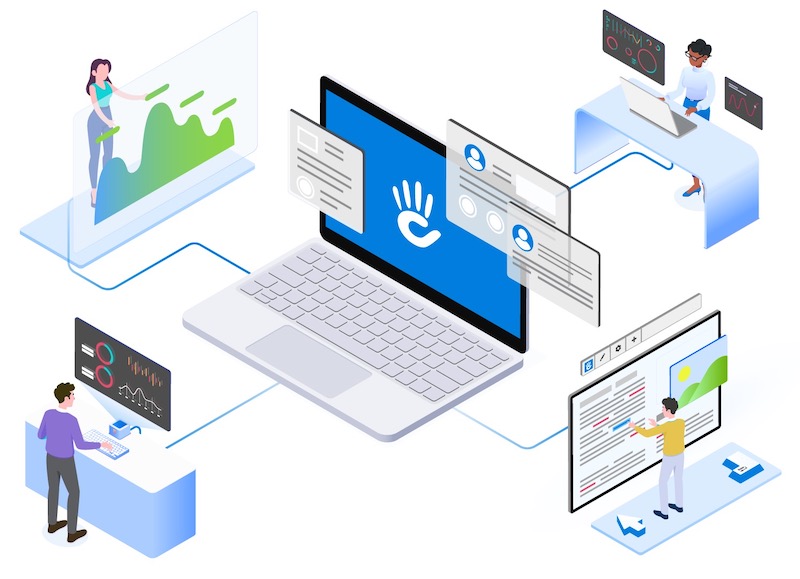Introduction
When you’re trying to access a website and it’s not loading, it can be frustrating and concerning. You may wonder, “is kisskh.me down?” Website downtime can happen for various reasons, such as server issues, maintenance, or technical glitches. In this article, we will explore the concept of website downtime, its implications, and how to address it effectively.
Is kisskh.me Down?
Website downtime refers to the period when a website is inaccessible to its users. If you are experiencing issues accessing kisskh.me, it is possible that the website is indeed down. However, it is essential to consider other factors as well, such as your internet connection or any local network problems that could be causing the issue.
Common Causes of Website Downtime
- Server Issues: Problems with the server hosting the website can lead to downtime. This can occur due to hardware failures, software glitches, or even overwhelming traffic that exceeds the server’s capacity.
- Maintenance: Websites require regular maintenance to ensure optimal performance and security. During scheduled maintenance, the website may be temporarily unavailable.
- DNS Issues: Domain Name System (DNS) is responsible for translating domain names into IP addresses. DNS issues can occur, preventing users from accessing the website.
- Hacking Attempts: Cybersecurity threats are prevalent, and websites are often targeted by hackers. In some cases, website owners may choose to take the site down temporarily to address security breaches.
- Software Updates: Websites rely on various software components, such as content management systems or plugins. Updating these components can sometimes cause compatibility issues and result in downtime.
- Traffic Surges: Websites experiencing a sudden surge in traffic, such as during a viral event or promotion, may struggle to handle the increased load, leading to downtime.
Addressing Website Downtime: Best Practices
- Monitor Website Uptime: Utilize website monitoring services or tools to track the uptime and downtime of your website. This helps identify any recurring issues and provides insights for improvement.
- Reliable Web Hosting: Choose a reputable web hosting provider that offers reliable servers and infrastructure. Look for providers with a proven track record of minimal downtime.
- Regular Maintenance: Schedule routine maintenance to keep your website up to date. Perform software updates, security audits, and server optimizations to ensure smooth operations.
- Implement a Content Delivery Network (CDN): A CDN can distribute website content across multiple servers globally, reducing the load on a single server and improving website performance.
- Backups and Disaster Recovery: Regularly back up your website and maintain a disaster recovery plan. This ensures that in case of an unforeseen event, you can quickly restore your website to its previous state.
- Optimize Website Performance: Improve website speed by optimizing images, minimizing code, and implementing caching techniques. A faster website reduces the chances of downtime and provides a better user experience.
Frequently Asked Questions
Q: How can I check if kisskh.me is down?
A: You can use various online tools and services that monitor website uptime. These tools can provide real-time information on the status of kisskh.me, indicating whether it is currently down or not.
Q: Is website downtime harmful to my online presence?
A: Yes, website downtime can have negative consequences for your online presence. It can result in a loss of potential customers, damage to your brand reputation, and even impact your search engine rankings.
Q: How long does website downtime typically last?
A: The duration of website downtime can vary depending on the cause and how quickly it is addressed. In some cases, downtime may only last a few minutes, while in others, it can extend to several hours or even days.
Q: Can website downtime be prevented entirely?
A: While it’s challenging to eliminate website downtime entirely, proactive measures can significantly reduce its occurrence. Regular maintenance, reliable hosting, and effective monitoring are key steps to minimize downtime.
Q: What should I do if my website is down?
A: If you encounter website downtime, it’s crucial to investigate the cause promptly. Check your server status, contact your web hosting provider, and review any recent changes or updates that may have triggered the issue.
Q: How can I communicate with my users during website downtime?
A: Prepare a customized error page or maintenance notice that provides clear information about the downtime and any expected duration. Use your social media channels or email newsletters to keep your users informed.
Conclusion
Website downtime can be an unfortunate and disruptive experience for both website owners and users. By understanding the common causes of downtime and implementing preventive measures, such as reliable hosting, regular maintenance, and effective monitoring, you can minimize the impact of website downtime on your online presence. Remember to stay proactive, optimize website performance, and address any issues promptly to ensure a smooth and uninterrupted user experience.

